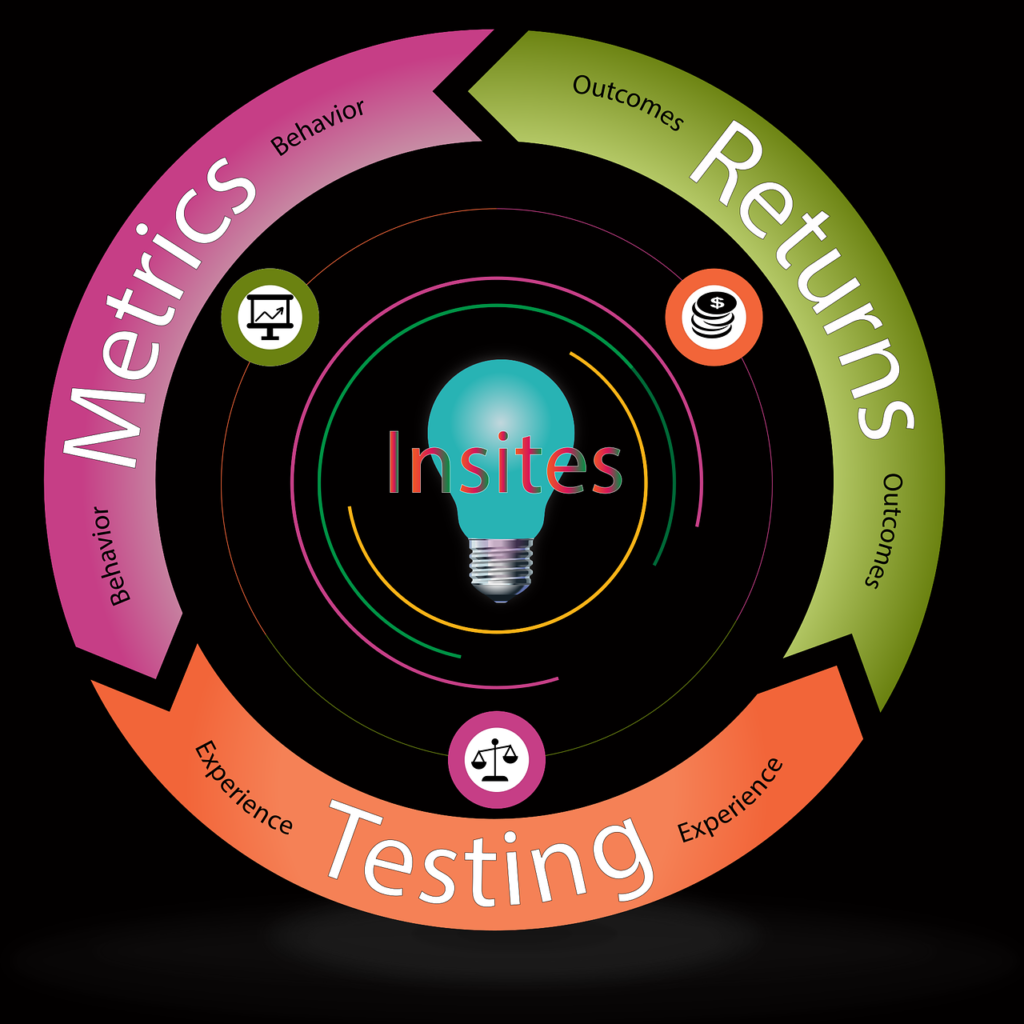Understanding the Basics of SEO

Search Engine Optimization (SEO) is a crucial element in the digital landscape, aiming to enhance the visibility of websites in search engine results pages (SERPs). At its core, SEO encompasses a range of strategies and techniques designed to improve the ranking of a website, thereby increasing organic traffic. The importance of SEO cannot be overstated, as it directly impacts a site’s ability to reach its target audience effectively.
One of the fundamental concepts in SEO is the use of keywords. These are the phrases and terms that users input into search engines when looking for specific information. Identifying and integrating relevant keywords into your content is essential for ensuring that your website appears in search results for those queries. However, merely inserting keywords is insufficient; the content must also be of high quality and provide value to readers.
Another critical aspect of SEO is on-page optimization, which refers to the practices of enhancing individual web pages to rank higher in search results. This involves optimizing content, title tags, meta descriptions, and internal linking structures, all of which contribute to better visibility. Conversely, off-page optimization focuses on activities outside the scope of the website itself, such as building backlinks from authoritative sites. Backlinks serve as a vote of confidence for your content, indicating to search engines that your website is credible and worth ranking higher.
The role of search engines like Google extends beyond simply indexing content; they also employ complex algorithms to evaluate and rank websites based on numerous factors, including relevance and user experience. Understanding how these algorithms work can empower content creators and marketers to implement effective SEO strategies that align with current digital trends.
By grasping the basics of SEO, individuals can foster a more strategic approach to building their blogs, maximizing reach, and driving traffic. This foundational knowledge paves the way for exploring more advanced SEO techniques and best practices that can further enhance online presence.
Choosing the Right Keywords for Your Blog
Selecting the appropriate keywords is a foundational element of successful search engine optimization (SEO). Keywords function as the bridge between your content and potential readers, enabling individuals to discover your blog through search engines. To effectively research and select relevant keywords, it is crucial to align them with your blog’s niche. This alignment ensures that the content you produce resonates with your target audience, thus enhancing engagement and driving traffic.
Begin by utilizing keyword research tools, such as Google Keyword Planner, Ahrefs, or SEMrush. These platforms allow you to explore a range of keywords related to your topic, including the search volume and competition level associated with each. Long-tail keywords, phrases typically consisting of three or more words, should be prioritized as they offer a higher chance of conversion due to their specificity. For instance, instead of focusing on a general keyword like “blogging,” consider a long-tail alternative such as “SEO tips for beginner bloggers.” This approach not only reduces competition but also attracts more targeted traffic.
It is essential to analyze the search intent behind the keywords you select. Understanding whether users are looking for information, making a purchase, or seeking a solution will help you tailor your content to meet their needs. Additionally, regularly updating and refining your keyword strategy is important; search trends can rapidly change, and staying relevant means adapting your approach. By focusing on the right combination of keywords and their related variations, you’ll significantly improve your blog’s visibility and draw more visitors. This comprehensive keyword selection process plays a critical role in establishing a strong SEO foundation for your blogging endeavors.
On-Page SEO Techniques for Blog Posts

On-page SEO is a crucial factor that significantly impacts the visibility and ranking of your blog posts on search engines. By effectively optimizing various elements on your page, you can enhance user experience and attract more visitors. Key components include title tags, meta descriptions, headers, and internal linking, each serving its own purpose.
Title tags are the first thing users notice in search results, acting as a hook to draw them into your content. Ensure that your title tags are concise, descriptive, and include your primary keyword. This not only helps with search engine indexing but also clarifies the content for readers. A well-crafted title can substantially increase the click-through rate, ultimately benefiting your SEO efforts.
Meta descriptions provide a brief summary of your blog post and play a vital role in enticing users to click through. Aim for a meta description that is about 150-160 characters long, integrating your focus keyword when appropriate. This summary should succinctly describe the content and provide a compelling reason for readers to explore further.
Headers (H1, H2, H3, etc.) help structure your content and make it more navigable for readers. Utilizing headers appropriately allows search engines to understand the hierarchy of your content. Incorporating keywords naturally into headers can improve SEO while making it easier for users to skim the post.
Finally, internal linking is paramount in enhancing the SEO of your blog posts. By linking to other relevant content within your blog, you not only keep visitors engaged longer but also distribute page authority and improve site navigation. Ensuring that each link is contextually relevant will enhance user experience, rendering your blog a more valuable resource.
In conclusion, mastering these on-page SEO techniques will significantly improve your blog’s visibility and user experience. By thoughtfully applying title tags, meta descriptions, headers, and internal linking, you can create a blog that stands out in search engine results while delivering quality content to readers.
Building Backlinks and Off-Page SEO Strategies
Off-page SEO plays a crucial role in establishing the credibility and authority of a blog. One of the most effective strategies within this domain is the cultivation of backlinks, which can significantly enhance a blog’s visibility in search engine rankings. High-quality backlinks serve as endorsements from other websites, indicating to search engines that the content is reliable and valuable. Therefore, implementing robust off-page SEO strategies focused on acquiring these links is essential for any successful blog.
One of the prominent methods for obtaining high-quality backlinks is through guest blogging. This involves writing articles for other established blogs in your niche, where you can include links back to your blog. By contributing valuable content to others, you not only establish authority and credibility but also direct traffic back to your own site. To maximize this strategy, focus on blogs that have a strong domain authority and a relevant audience.
Social media engagement also plays a vital role in off-page SEO strategies. By actively participating on platforms such as Twitter, LinkedIn, and Facebook, bloggers can promote their content and foster connections with other influencers in their industry. Sharing valuable insights and linking back to your blog posts can encourage others to share your content, thus generating backlinks in the process. Additionally, engaging in discussions within niche-specific forums can also lead to backlink opportunities, as members may reference your blog for further information.
Lastly, networking with fellow bloggers is another statistical approach to building backlinks. Establishing relationships through collaborative projects, interviews, or even simple outreach can result in valuable links. When bloggers support each other by linking to relevant content, it not only enhances their mutual SEO efforts but also fosters a sense of community. By integrating these off-page SEO strategies, you can effectively complement your on-page efforts, ultimately leading to improved blog performance and visibility.

